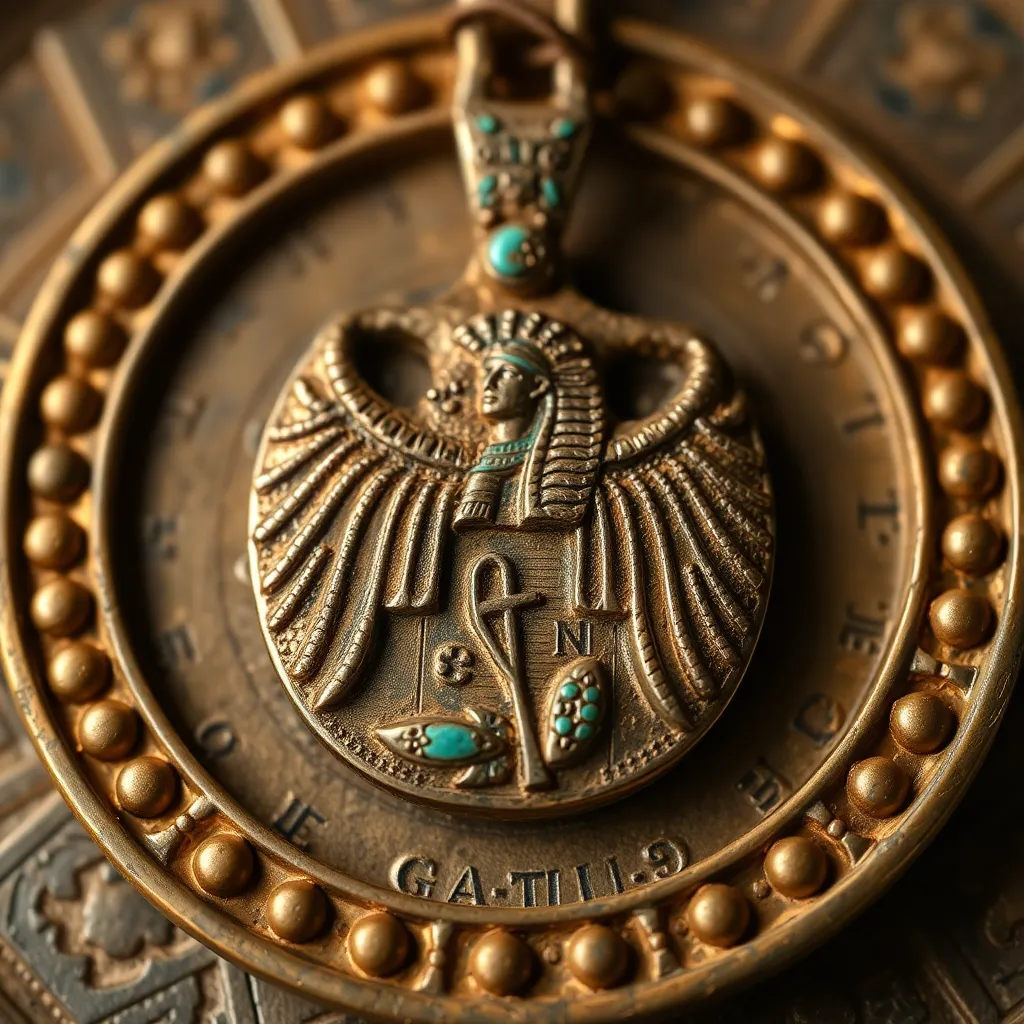The Role of Amulets in Egyptian Family Life
I. Introduction
Amulets are small objects, often inscribed or shaped in specific forms, that were believed to possess magical properties and protective qualities in ancient Egyptian culture. These talismans held significant importance in the daily lives of Egyptians, especially concerning family life. This article explores the multifaceted role of amulets in the context of Egyptian family dynamics, emphasizing their historical significance, protective functions, and enduring legacy.
II. Historical Context of Amulets in Ancient Egypt
The use of amulets in Egypt can be traced back to the Early Dynastic Period (c. 3100–2686 BCE) and continued to evolve through to the Ptolemaic Period (332–30 BCE). Throughout this time, the materials and symbols used in amulets reflected the prevailing beliefs and artistic styles of the era.
- Early Dynastic Period: Amulets were primarily made from materials such as stone, clay, and metal, often featuring simple shapes.
- Middle Kingdom: The use of faience—a glazed ceramic material—became popular, with more intricate designs emerging.
- Ptolemaic Period: Amulets showed a fusion of Egyptian and Hellenistic styles, incorporating new symbols and materials.
Common materials used in amulets included:
- Gold
- Silver
- Faience
- Stone (e.g., lapis lazuli, turquoise)
Common symbols included:
- The Eye of Horus, representing protection and royal power
- Ankh, symbolizing life
- Scarabs, associated with rebirth and resurrection
III. Amulets as Protective Talismans
Amulets were widely believed to serve as guardians against malevolent forces and evil spirits. Families would often wear or display specific amulets to ensure safety and well-being.
Some notable amulets used for family protection included:
- The Eye of Horus for safeguarding against evil and providing health
- The scarab beetle, a symbol of transformation and protection
- Amulets inscribed with spells from the Book of the Dead intended to ward off danger in the afterlife
IV. Amulets in Birth and Child-rearing
Amulets played a crucial role in the realms of pregnancy and childbirth. Expectant mothers often wore amulets to ensure a safe delivery and the health of their newborns.
Specific amulets associated with childbirth included:
- Amulets of Isis, the goddess of motherhood, to invoke her protection
- Amulets shaped like the divine cow, symbolizing fertility and nurturing
Once children were born, they were frequently gifted amulets to promote health, safety, and well-being throughout their early years. Common amulets for children included:
- Small representations of the goddess Hathor, known for her maternal attributes
- Amulets shaped like the ankh, to ensure a long and healthy life
V. Amulets and Rituals in Family Life
Rituals involving amulets were integral to family life, often serving as focal points for familial gatherings and ceremonies. Families would participate in rituals that invoked the protective powers of amulets, particularly during significant life events.
Common family rituals involving amulets included:
- Celebrating the birth of a child with the gifting of protective amulets
- Rituals conducted to bless the home with safety and prosperity, involving the placement of amulets at entry points
Additionally, amulets held great significance in funerary practices, where they were placed with the deceased to ensure safe passage to the afterlife and protection against malevolent spirits.
VI. Social Status and Amulet Usage
Amulet usage varied among different social classes in ancient Egypt. While they were common across all strata, the materials and intricacies of the amulets often reflected the wearer’s status.
- Nobility: Often possessed elaborate gold amulets adorned with precious stones and intricate designs.
- Commoners: Used simpler versions made from clay or faience.
The economic aspects of amulet production were significant, with artisans specializing in crafting these talismans, leading to a vibrant trade network. Amulets became an important part of the economy, reflecting both craft skills and the spiritual beliefs of the time.
VII. The Legacy of Amulets in Modern Egyptian Culture
Today, the tradition of using amulets continues in various forms within modern Egyptian culture. Many contemporary Egyptians still believe in the protective and spiritual attributes of amulets, often incorporating them into their daily lives.
Some ways in which these traditions persist include:
- Wearing modern amulets similar to ancient designs for protection and good luck.
- Incorporating ancient symbols into jewelry and home decor.
The influence of ancient amulets extends beyond mere superstition; they inspire modern spirituality, where individuals seek to connect with their heritage and the protective qualities once celebrated in ancient times.
VIII. Conclusion
In summary, amulets have played a vital role in Egyptian family life from ancient times to the present day. Their significance as protective talismans, especially in the context of childbirth and family rituals, highlights the intersection of belief, culture, and family dynamics. The enduring legacy of these ancient objects continues to resonate in modern practices, serving as a testament to the deep-rooted traditions and values that shaped Egyptian society.




